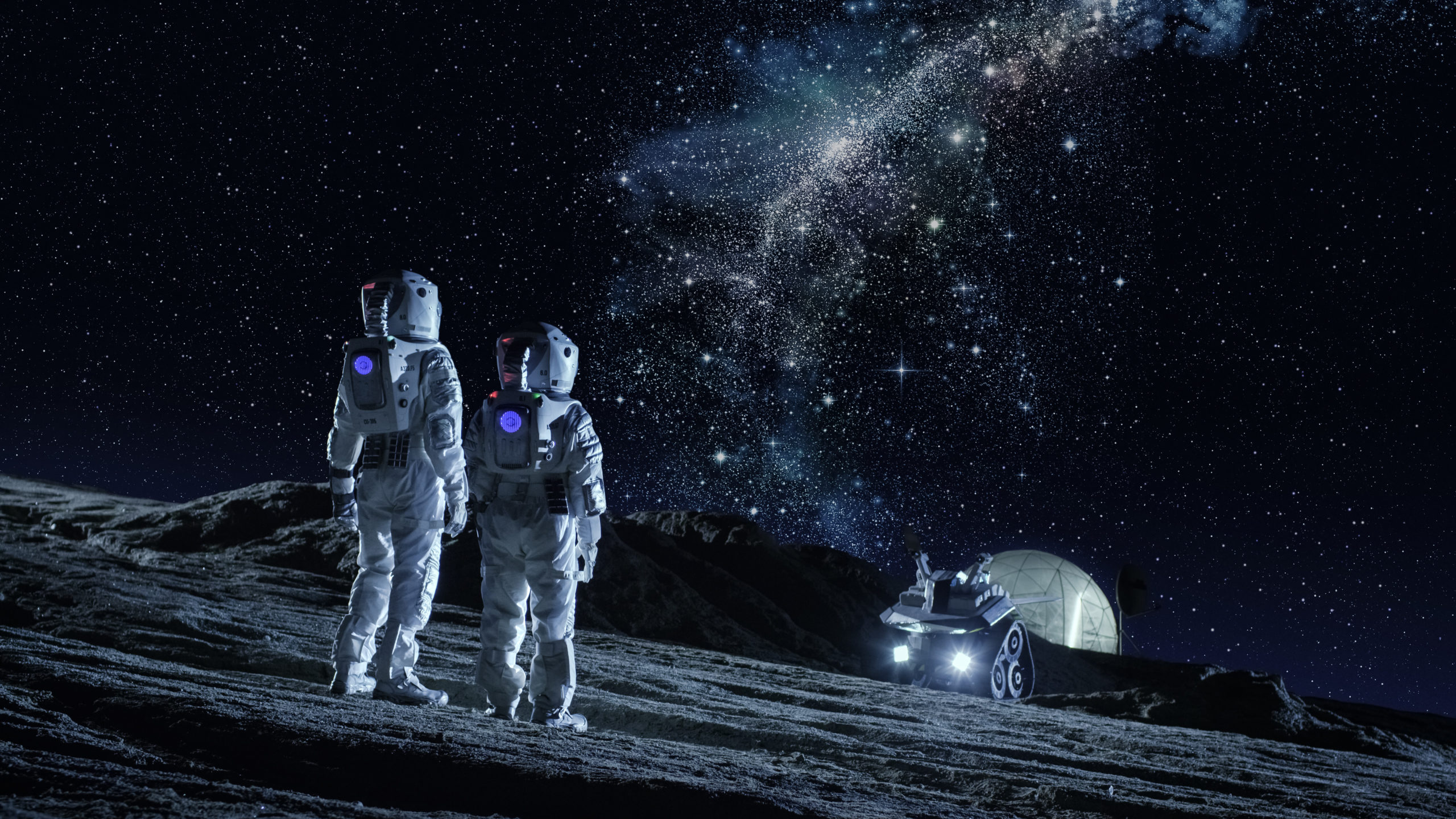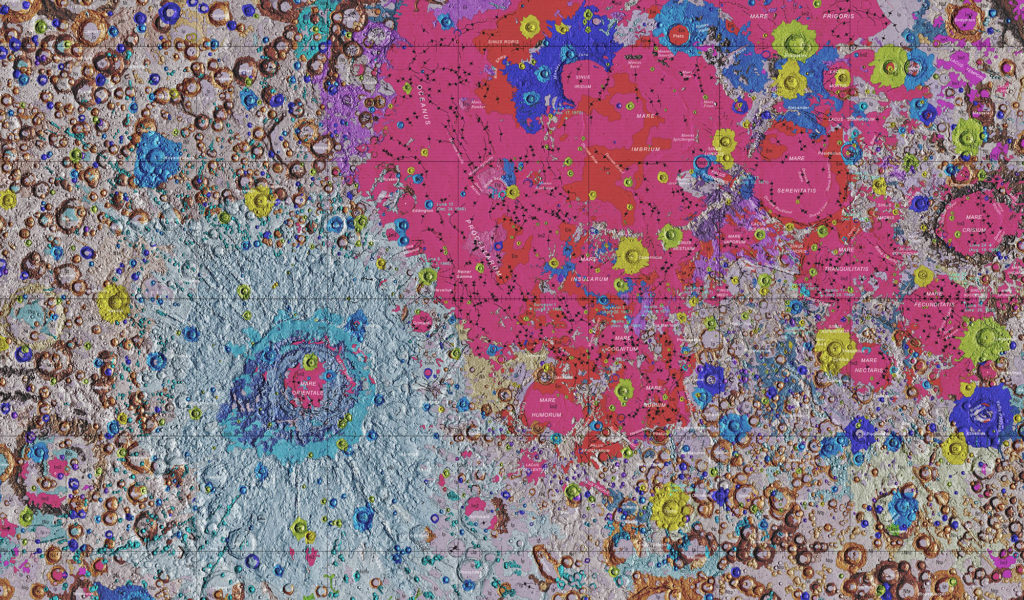
Date: 19 March, 2021 - Blog
The space, both so distant and so central
The latest Russo-China project is of potentially great geopolitical significance:
¨Russia’s Roscosmos and China’s National Space Administration – the respective equivalents of NASA – announced the joint development of the International Lunar Research Station, or ILRS¨.
This project rivals the US space station, known as Gateway. The US back-to-the-moon program, called Artemis, envisions a base on the lunar surface. The NASA actually expects to land the first woman and next man on the Moon by 2024, using innovative technologies to explore the lunar surface.
Space is the object of an increasing militarization
The exploitation of lunar resources, like rare earths, is a global strategic issue
Moscow and Beijing, these improbable lovers
Since the dawn of time, China and Russia did not like each other. Unified by the invasion of Genghis Khan, then liberated from the Mongols in the 14th century, the two countries have nevertheless turned inward. Allies of circumstance and united by communism, they have never really stopped being rivals. Still, since 2001, they have jointly founded the Shanghai Group, a sort of pan-Asian NATO against the United States. But this highly heterogenous group never weighted politically. India, for instance, de facto no longer belongs to the anti-US block.
SCO 2001 – a stillborn project
Beyond politics, Russia and China pursue other common projects. Indeed, they actively share a vision for energy exploitation, transport, and distribution. They plan to develop the North Pole as an “Arctic Silk Road”.
The warming-up between Beijing and Moscow intensified a few years ago:
- Since 2014, Russia has been selling more and more advanced military weaponry to China. The two nations militaries have also conducted joint military exercises. In 2019, South Africa hosted a maritime exercise with Russia and China, followed up by another trilateral military exercise with Iran in the Gulf of Oman called Exercise Marine Security Belt (repeated last February).
- The Russo-Chinese lunar station confirms the strengthening of their refusal front. Neither country possesses the capability to construct alone such a fixture. Available plans suggest that it would not be built until the 2030s. Any human presence is considered even further in the future. But still…
The moon, a glittering object of all covetousness
At the time of the USSR and the Cold War, the conquest of space symbolized to the extreme the rivalry between the two dominants ¨Empires¨. The United States won by a small margin, in a premonitory sign of other later worries of the communist state. A period of cooperation followed USSR disintegration, featuring the joint international space station, which includes Americans, Russians, French, etc. Notably Chinese astronauts have been kept away by Washington from it.
Geological map of the moon
While ILRS does not harbors an immediate threat for the West…
…it features well the emergence of a worrisome Moscow-Beijing-(Tehran) axis
A redux of the – old – US containment strategy
Containment was a US policy using numerous strategies to prevent the spread of communism abroad. This policy was a response to a series of moves by the Soviet Union to enlarge its sphere of influence in Eastern Europe, China, Korea, and Vietnam. The basis of the doctrine was articulated in 1946 by the President Truman administration.
A modern version of it is called the Quad – a loose alliance of the United States, Japan, India, and Australia -. This organization has been called by Beijing as emblematic of a “poisonous” Cold War mentality, and a “diamond of democracies” in the Indo-Pacific by the new US administration. Incidentally, Quad’s renaissance precedes Biden election i.e. this is to the credit of D. Trump. Last Friday, Biden convened a plenary – virtual – meeting -. According to former US Defense Secretary J. Mattis, the Quad will play an important role in four key areas: maritime security, supply chain security, technology, and diplomacy.
After the Middle East, the United States continues to revisit its geopolitical options
- The race for Space dominance is heating up
- The stake of the moon is triple: prestige, economy, and military
- Moscow and Beijing are drawing closer into a de facto alliance against the West








